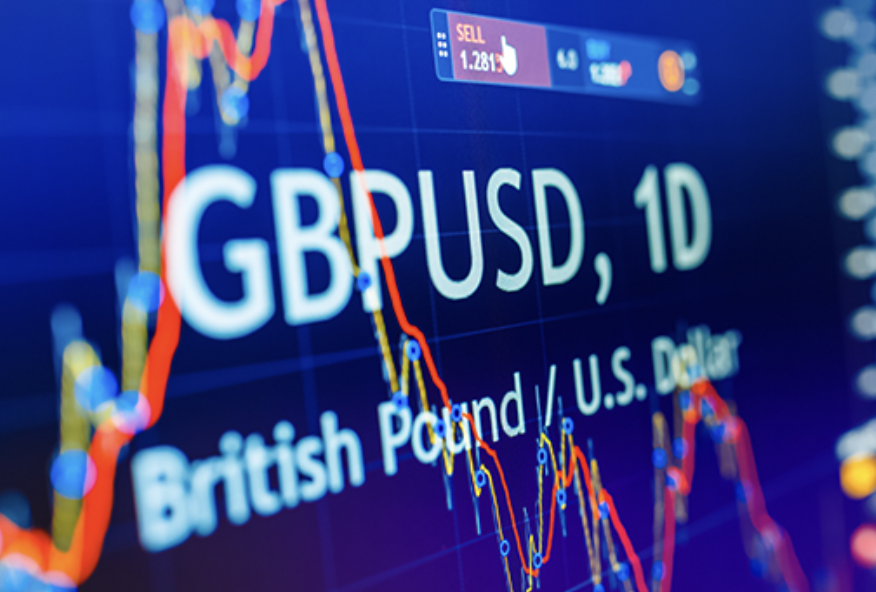GBP/USD Attempting to maintain a positive price above 1.2000
In November, US PCE inflation slowed as predicted, while durable goods orders disappointed. GBP/USD is fighting to maintain the 1.2000 level as demand for the US Dollar rises. The demand for the U.S. dollar grows before the weekend.


Following a brief decline to a new daily low of 1.2022, GBP/USD pared losses and flirted with daily highs. As speculative interest continues to analyze mixed U.S. macroeconomic data, the currency is currently trading in the 1.2040-1.2060 range. On the one hand, the Personal Consumption Expenditures (PCE) Price Index increased by 5.5% year-over-year in November, down from 6.1% in October, indicating significant easing of inflationary pressures in the country.
On the other hand, Durable Goods Orders unexpectedly decreased by 2.1% month-over-month in the same month, which was far worse than the 0.6% loss anticipated by market participants. However, the core data, Nondefense Capital Goods Orders excluding Aircraft, increased by 0.2%, exceeding the expected unchanged reading.
The US Dollar originally strengthened in response to the news, but has now rebounded on the back of new weekly highs in Treasury yields. The yield on the 10-year note increased to 3.728%, the highest level for the month of December, while the yield on the -year note increased to 4.322%. Prior to Wall Street's opening, yields maintained their advances, while US indexes are likely to open with moderate increases, following the lead of their international counterparts.
In the meantime, the British Pound remains weak as the most recent macroeconomic data indicated that the United Kingdom is experiencing a recession that is set to go well into 2023.
The GBP/USD exchange rate remains relatively stable on a daily basis due to the onset of winter holidays, which has reduced trading volumes. As the pair develops below a bearish 200-day simple moving average (SMA) after breaking below it on Thursday, technical indicators on the daily chart suggest that further falls are imminent. In the meantime, technical indicators evolve inside negative levels, lacking directional strength but displaying no signs of bearish fatigue and well above oversold levels.
The 1.1991 weekly low is the immediate near-term support level on the way to 1.1950. A daily closing at the latter level could signal a steeper decrease the following week. At about 1.2080, the immediate resistance level, sellers are accumulating short positions, followed by 1.2140.
Bonus rebate to help investors grow in the trading world!

 English
English














